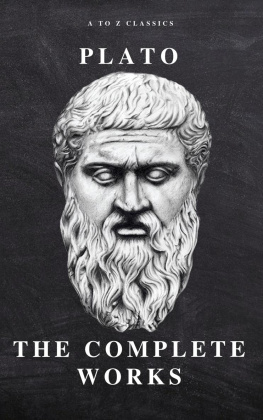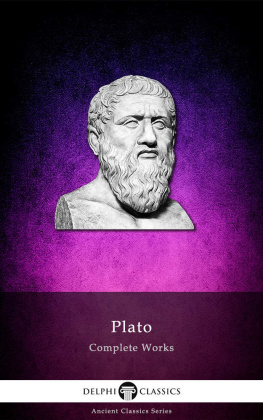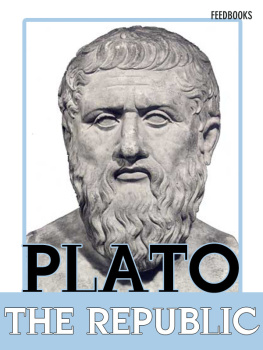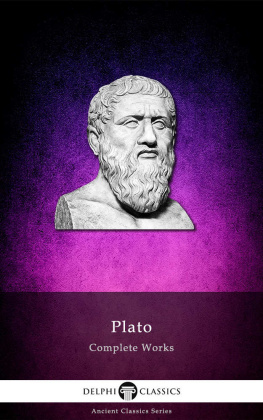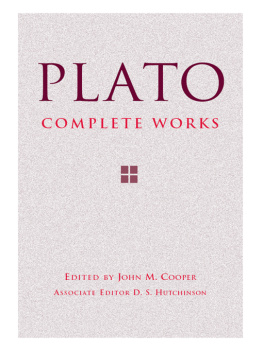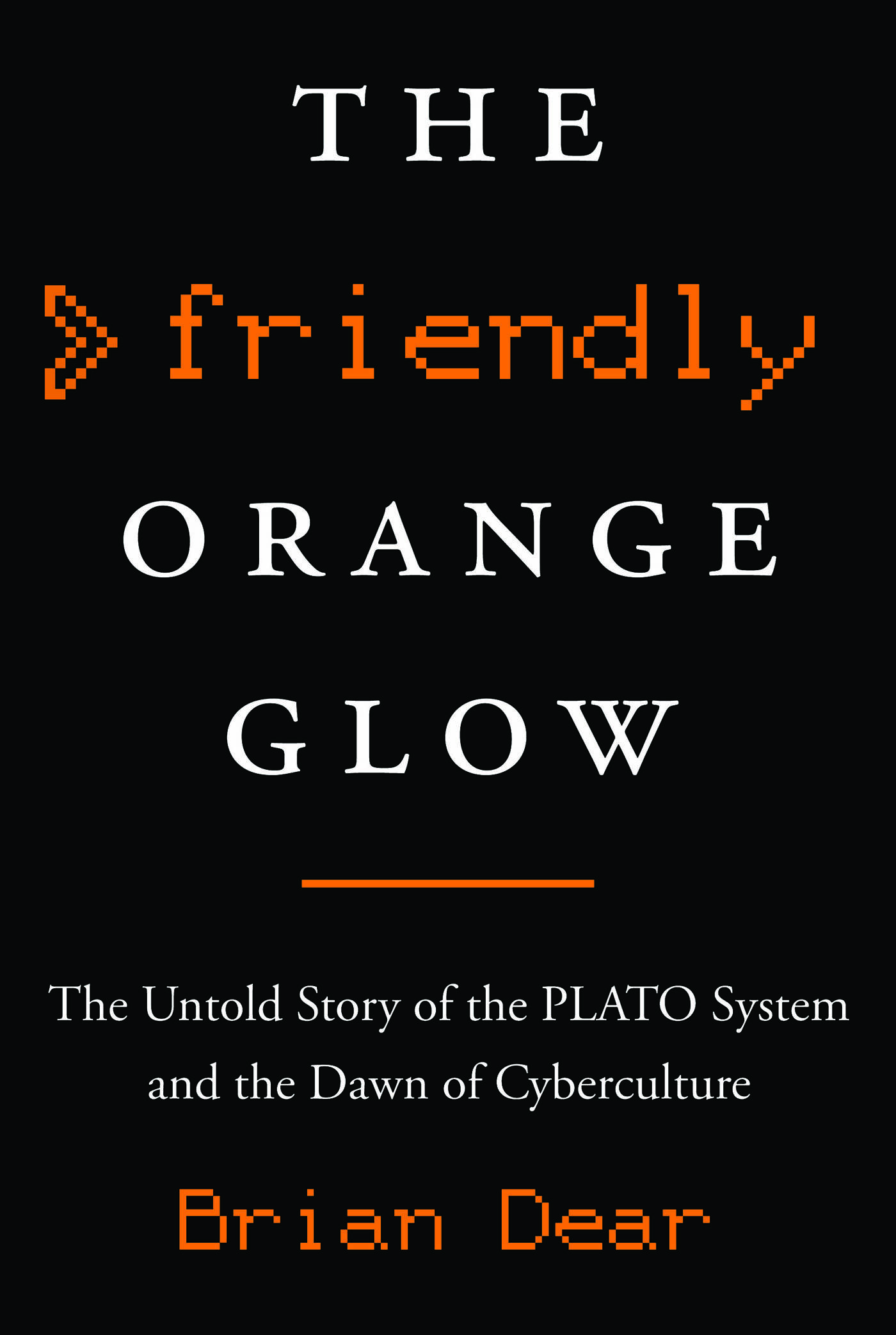Contents
Copyright 2017 by Brian Dear
All rights reserved. Published in the United States by Pantheon Books, a division of Penguin Random House LLC, New York, and distributed in Canada by Random House of Canada, a division of Penguin Random House Canada Limited, Toronto.
Pantheon Books and colophon are registered trademarks of Penguin Random House LLC.
Grateful acknowledgment is made to the following for permission to reprint previously published material:
Farrar, Straus and Giroux; Excerpt from Plowing the Dark by Richard Powers, copyright 2000 by Richard Powers; and excerpt from The Right Stuff by Tom Wolfe, copyright 1979 by Tom Wolfe.
Reprinted by permission of Farrar, Straus and Giroux.
Pearson Education, Inc.: Excerpt from Seven Psychologies, 1st Ed. by Edna Heidbreder, copyright 1964. Reprinted by permission of Pearson Education, Inc., New York.
Library of Congress Cataloging-in-Publication Data
Name: Dear, Brian, [date] author.
Title: The friendly orange glow : the untold story of the PLATO system and the dawn of cyberculture / Brian Dear.
Description: First edition. New York : Pantheon Books [2017]. Includes bibliographical references and index.
Identifiers: LCCN 2017013007. ISBN 9781101871553 (hardcover : alk. paper). ISBN 9781101871560 (e-book)
Subjects: LCSH: PLATO (Electronic computer system)History. CyberspaceHistory.
Classification: LCC QA76.8.P53 D43 2017. DDC 303.48/34dc23.
LC record available at lccn.loc.gov/2017013007
Ebook ISBN9781101871560
www.pantheonbooks.com
Cover design by Oliver Munday
v5.1_r1
a
For Patricia
Contents
Preface
Imagine discovering that a small group of people had invented a fully functioning jet airplane capable of flying long distances at hundreds of miles per hour, decadesbefore the Wright brothers cast their fragile craft into the wind for twelve seconds over North Carolina sand dunes in 1903. Imagine how such a discovery would disrupt our common understanding of history. The story of PLATO, a computer system so far ahead of its time and perhaps the least known major twentieth-century technology project, may strike you as just as impossible as a nineteenth-century jet, but PLATO really happened. It is a story of inventors, mavericks, hackers, geniuses, visionaries, scientists, and educators who came together not so long ago in the very heart of the American Midwest, a story that so disrupts the conventional view of twentieth-century technology history that it may make you wonder, as it has made this author wonder, How could this have happened? Where are the books, the magazine articles, the documentaries, and the museum displays that should have covered this story? Why has this story gone untold? Why are we only finding out about this now?
Having begun using PLATO in 1979, as an undergraduate at the University of Delaware, I developed an insatiable curiosity about who these people were. I wanted to understand where they came from. I kept asking myself, Why is the world ignoring this incredible phenomenon? After a number of years, I decided I was not going to wait any longer for someone to come along and write the history documented in this book, so I reluctantly set out to do it myself.
And here we are. What follows in these pages is an attempt to provide a glimpse into the largely unknown world of PLATO. As you read the following chapters, pay attention to dates. Considering what innovations are being describedmany of them things we now use every day of our livesit is hard to believe how many years ago these things came about, long before personal computing, social media, and the Internet existed. A book about the history of the PLATO system turns out not to be just about PLATO. It also sheds new light on the origins of diverse fields, from what we now call e-learning or personalized instruction, to flat-panel displays and touch-sensitive screens; from time-sharing to cloud computing; from MUDs and other multiplayer games to online communities and social networking. To absorb the history of PLATO leads to a better understanding and deeper appreciation of all these areas of innovation, and of the nature of innovation itself.
In the American study of economics there are two prevailing schools of thought, one called the saltwater view and the other called the freshwater view. The economic details of each view are unimportant here. Whats notable is that the saltwater view refers to the predominant economics mind-set at universities and think tanks on the East and West Coasts of the United States. The freshwater view belongs primarily to Midwestern economists closer to Lake Superior and Lake Michigan, mainly at the University of Chicago.
Unlike in economics, in the popular history of computing theres one prevailing view, and its a saltwater view: of, by, and for the two coasts, with its centers being Silicon Valley and Cambridge, Massachusetts. Whether the view was taught in school, broadcast on television, depicted in movies, printed in books or magazines, or published on the Internet, the view holds that most of the great American computer innovations of the twentieth century share one thing in common.: they happened on the coasts. The history of the last sixty years of computing, from mainframes to the rise of the Internet, from silicon chips to the revolution brought forth by the personal computer, to, in more recent years, the marvels of smartphones, portable digital music players, touch-based tablet computers, search engines, billion-user social networks, online storesthese are breakthroughs that came about on the coasts.
So used to saltwater stories of the Next Big Thing in technology are we that we have largely missed what went on between the coasts. To this day, many of these freshwater accomplishments have gone unnoticed.
We celebrate the rise of ARPANET, the Internet, and the World Wide Web. We celebrate the accomplishments of Xeroxs Palo Alto Research Center, which in turn inspired Apples Lisa and Macintosh computers and much of the personal computing environments we still use today. We celebrate the innovations produced by legions of start-up companies and placed into the hands of millions, now billions of people: Innovations that have changed the world. Innovations people cannot imagine living without. We are living in the very shocking future Alvin Toffler wrote aboutwarned us aboutforty-five years ago. And the history of how we reached this future has been researched, deciphered, studied, analyzed, organized, and disseminated far and wide for long enough that the story has become legend, set in stone. Nerds, geeks, and hackers are no longer outcasts and ridiculed; theyre now sought-after thought leaders, many counted among the tens of thousands of recent millionaires and hundreds of billionaires. The list of heroes names in the computer revolution is long. But there is an equally long list of unknown computer pioneers, the people whose stories fill the pages of this book.
To be in the great state of Illinois is to be hours away by jet, days by car or rail, from the West or East Coasts, each a thousand miles away. To be in Illinois is, instead, to be in the heart of the fruited plain, that vast prairie with soil so rich you could jam a broomstick into it and leaves would sprout. Some 80 percent of the states nearly 58,000 square and famously flat miles are devoted to farming, much of it corn and, in more recent years, soy. Endless farmland surrounds most Illinois cities and towns, which pop up like islands in a sea of green.



